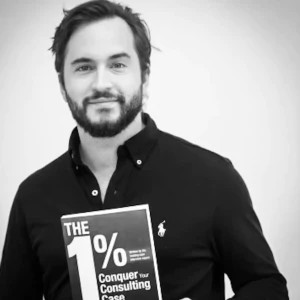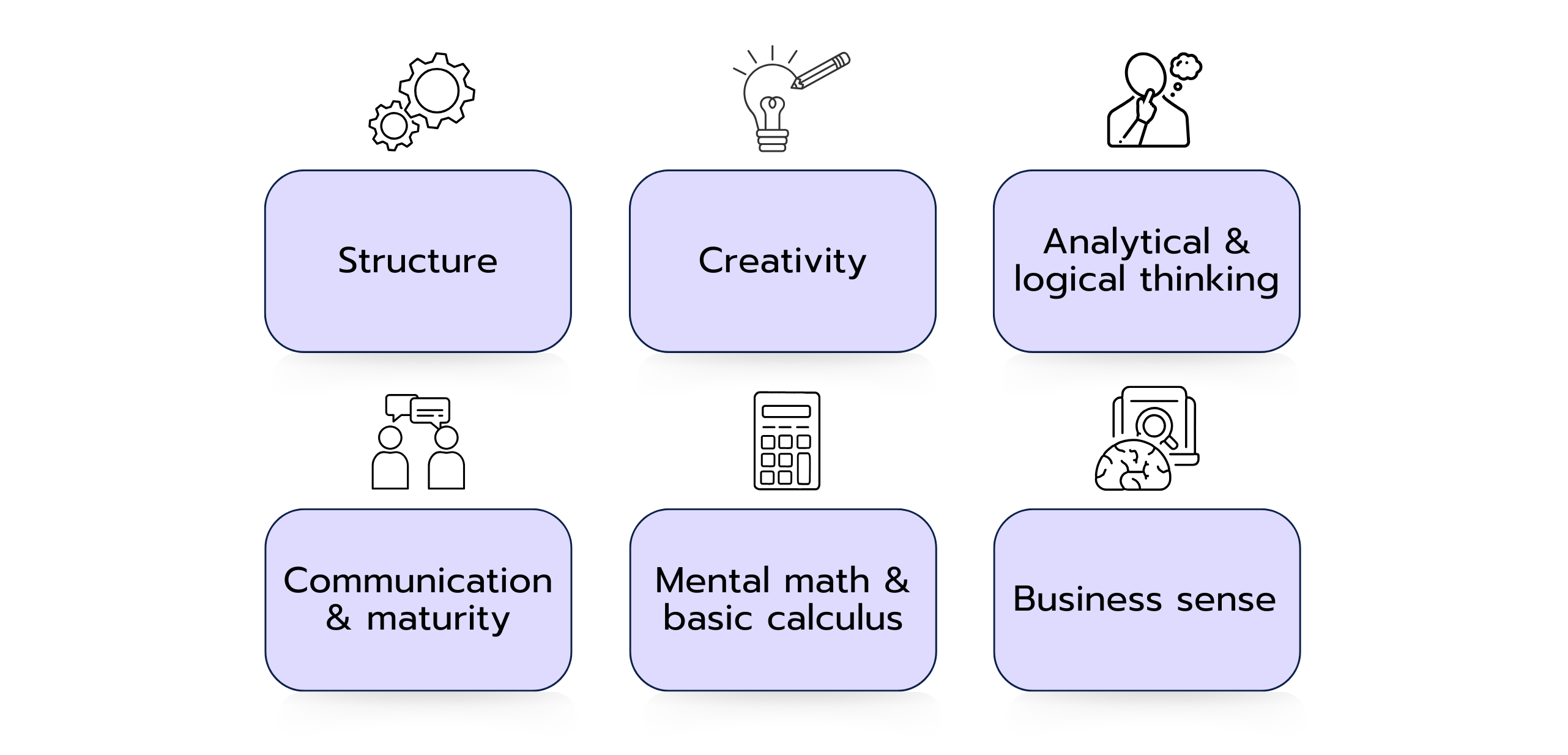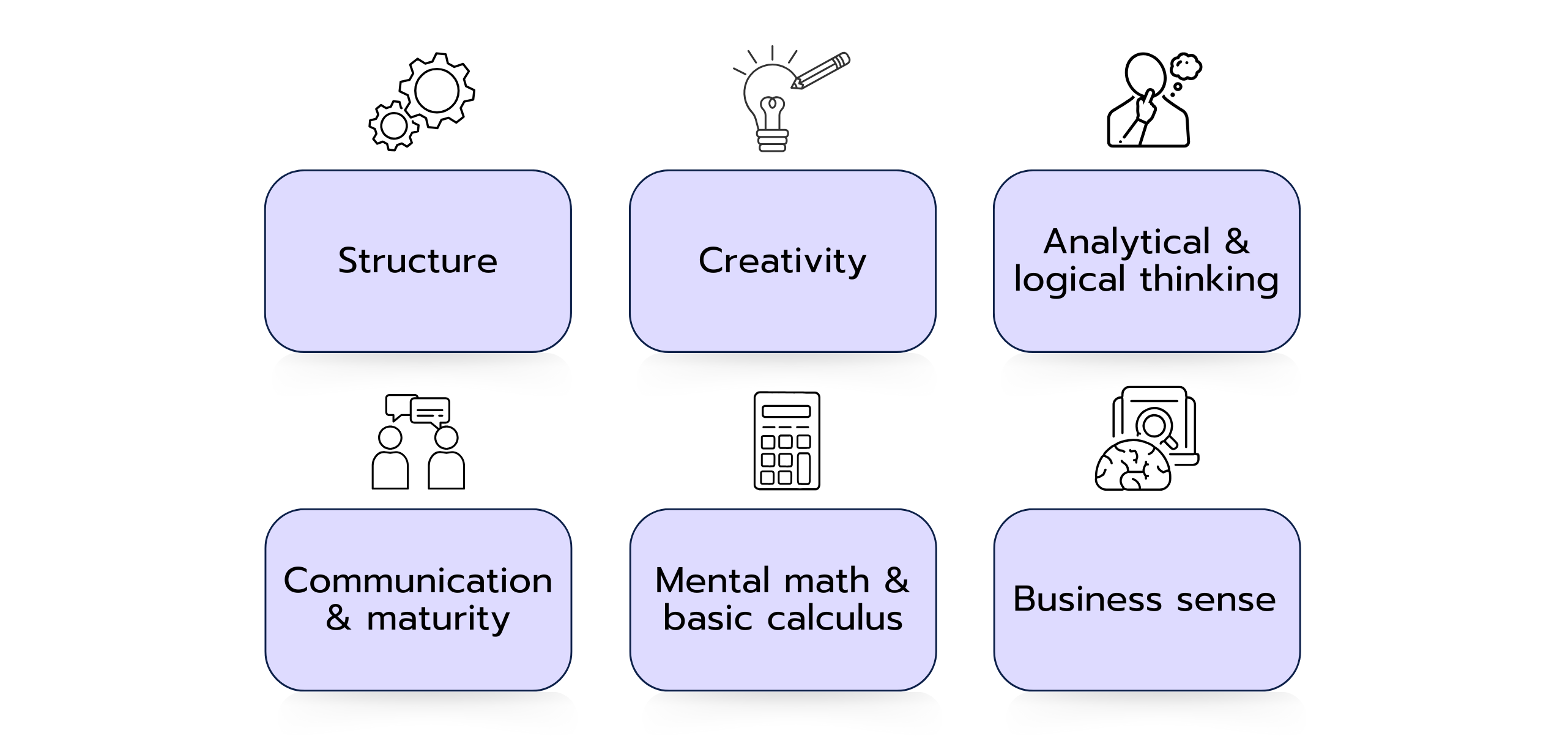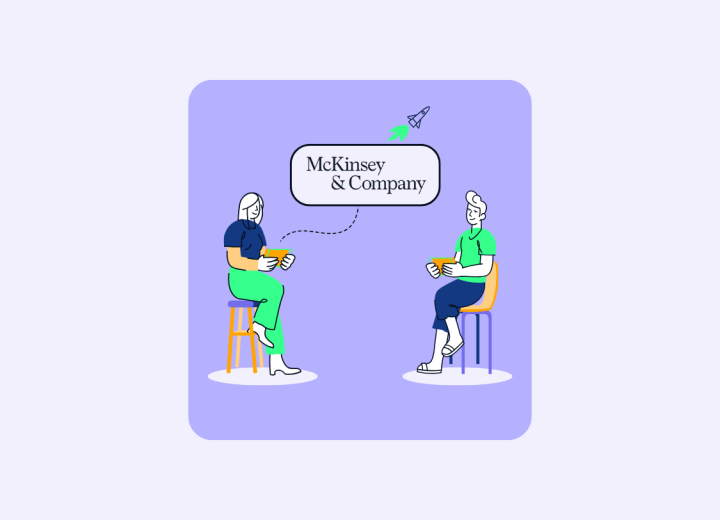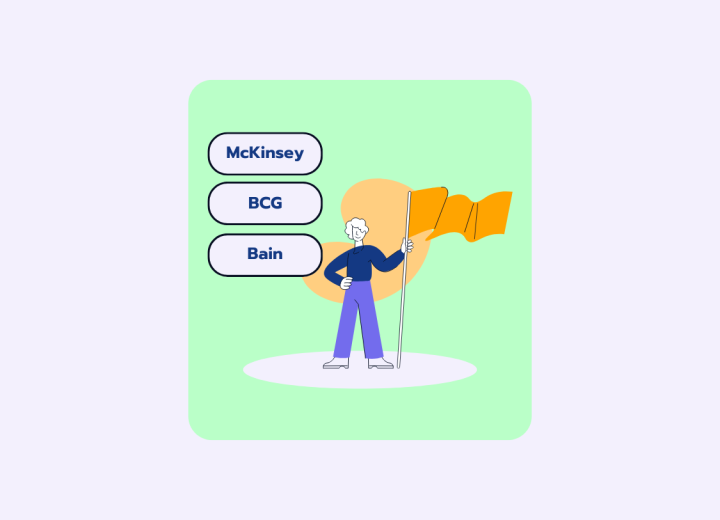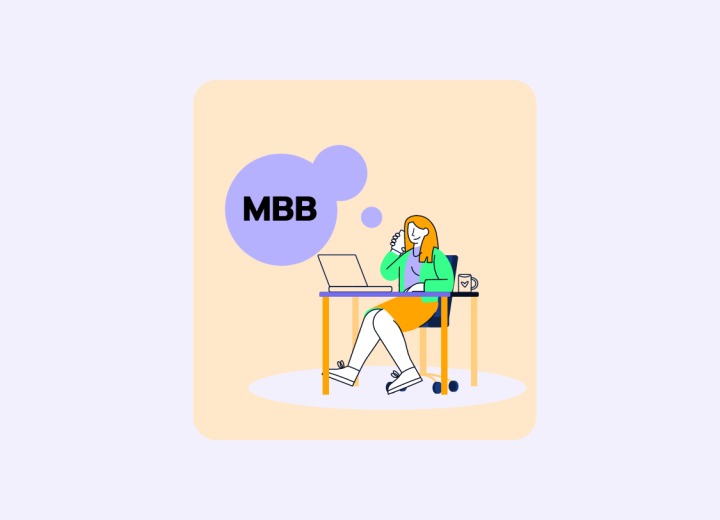The McKinsey Case Interview, called the 'Problem Solving Interview' by the firm, is arguably the hardest challenge for candidates in their recruiting process. Among all consulting firms, it is the most feared since McKinsey eliminates a significant proportion of candidates during the case interview.
The case plays a crucial role in the evaluation of candidates, besides the Personal Experience Interview (PEI). In fact, performing well in the case interview does not guarantee an offer. Rather candidates need to show clear and consistent spikes in performance across all interviews. That is the reason why only a minute percentage of interviewees will receive their desired offer and Forbes has ranked McKinsey as the toughest firm to interview for.
Unfortunately, our coach Florian found that the information on the McKinsey application process and specifically the case interviews is often wrong, outdated, or assumed to be the same as for every other consulting firm.
Consequently, the advice given is detrimental to your recruiting success with the firm.
In this article, I want to shed some light on this mysterious, often-talked about, even more often misunderstood McKinsey interview by answering the following questions:
- What is the McKinsey Problem Solving Interview?
- What skills are assessed in a case interview?
- What is the format of a McKinsey case?
- What questions are typical in a McKinsey case interview?
- How is the McKinsey case interview different from other consulting firms?
- How should you prepare for a McKinsey interview?


